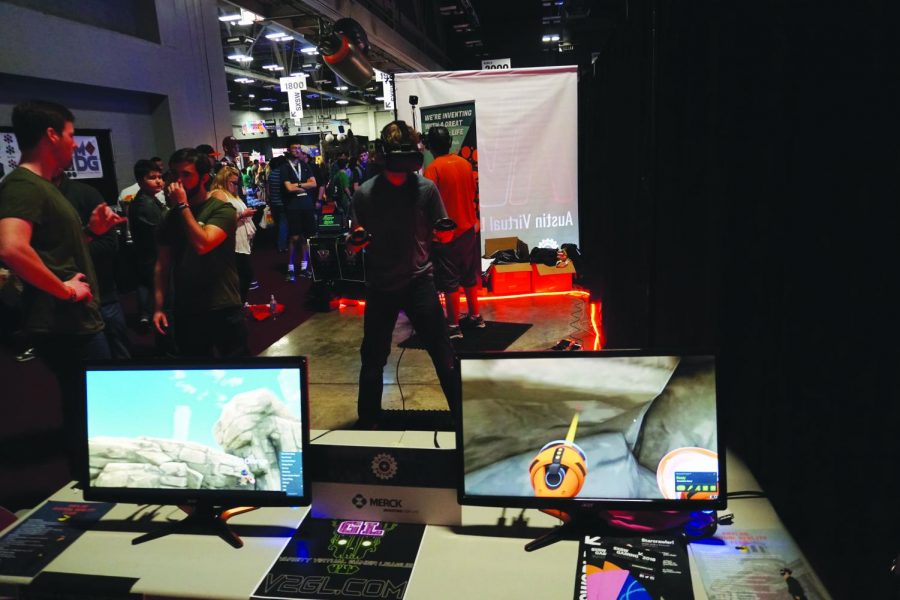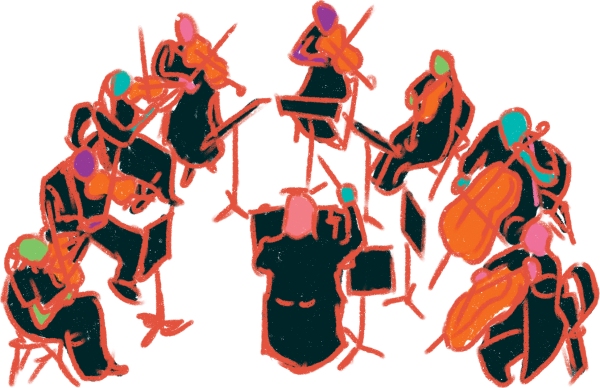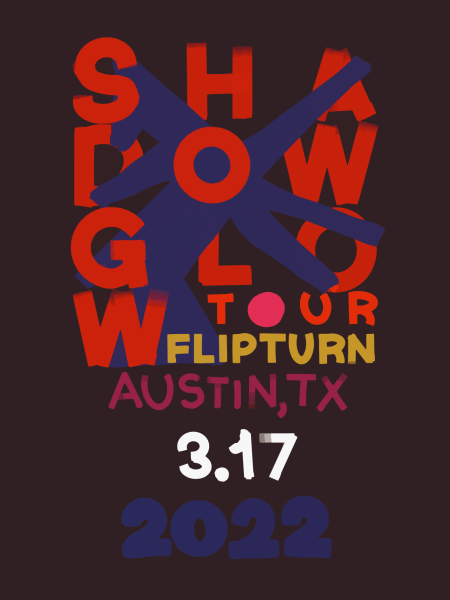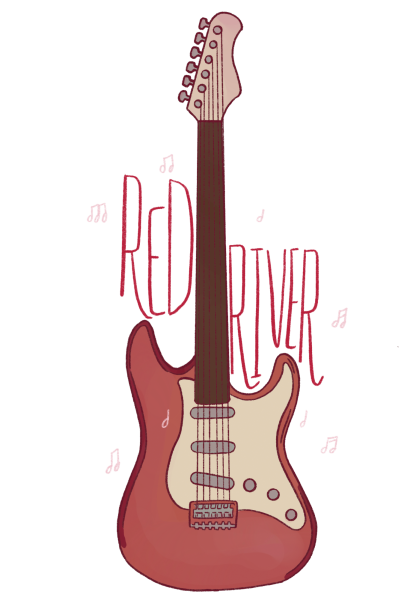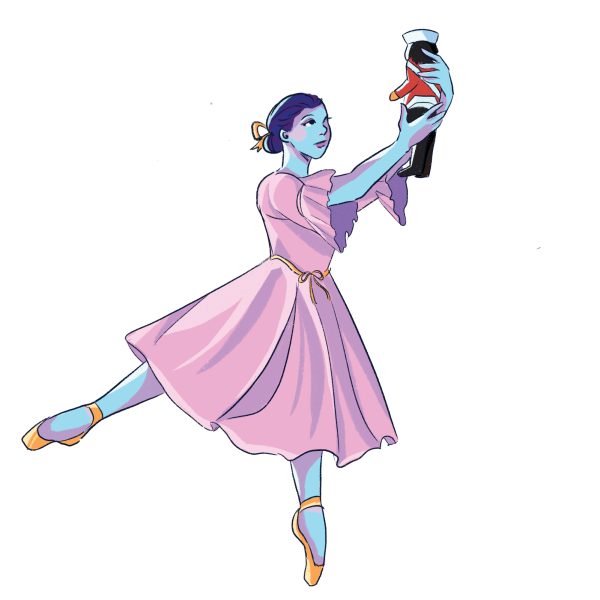Cinema goes virtual
April 2, 2018
A series of escalators in the JW Marriott took me to The Virtual Cinema, an exhibition hosted by SXSW that showcased virtual reality (VR) cinema projects by producers around the world. With the room dark, except for an ambient purple glow, and filled with booths lined like a maze, the atmosphere seemed to represent the idea of VR: the promise of a more sensuous and immersive experience than what a simple movie screen can offer.
The Virtual Cinema exhibition featured various projects, ranging from five to 40 minutes. Some projects were interactive, involving standing with a glove-like device and headset; others, you’d remain seated. A movie poster accompanied every booth, which were either minimally adorned with string lights or more elaborately decorated. One project, titled “Dinner Party,” was set, multiple forks and all, like a formal dining table.
I lined up for a 20 minute short called Space Explorers: A New Dawn. As it was one of the longer works, it was allotted more room and VR headsets. Swivel chairs were arranged in rows, and people sat unresponsive. The way they looked inquisitively at the ordinary carpet floor or unknowingly stared each other down was funny, and the line seemed to move quickly.
A set of headphones and VR goggles later, I was in space. Space Explorers was essentially a documentary telling the story behind several astronauts’ motivations, training, missions. I saw several rooms at NASA and aircrafts, even a satellite station.
Through the lens, I could understand the appeal behind VR. With the astronauts or technicians maintaining eye contact in what seemed like a natural conversation, I felt like an intern or interviewer, as opposed to a spectator in a theater. I was in the meeting room of NASA; underwater in the training pool, watching bubbles from the scuba masks rise to the reflective surface; in proximity to an American flag on the dusty, desolate moon.
The best way I can describe it is like being in a dream, reality through a fuzzy, grainy lens. I experienced and saw more than what a movie director intended and camera allowed. My focus drifted in and out the headset, as I’d remember periodically I was actually in the exhibition room of the JW Marriott, not accompanied by asteroids out in space. I wondered what would happen if there was an emergency. The headset felt heavy and uncomfortably snug, like I was wearing a helmet or a scuba mask. Though the range of what I could see was the same, through the VR, the rooms felt smaller.
Overall I was thankful for the experience, but also thankful to have weight off my head. The prospective impact of VR on the film and gaming industry and even on everyday life is exciting: there’s a future for and in VR. From shaping viewers’ experiences to being implemented in training simulations for an increasing range of occupations, VR’s place in all industries is rapidly expanding. It is quickly escaping the scope of an entertainment medium, and seeing how it’ll develop into clearer, sleeker designs is incredibly exciting.

